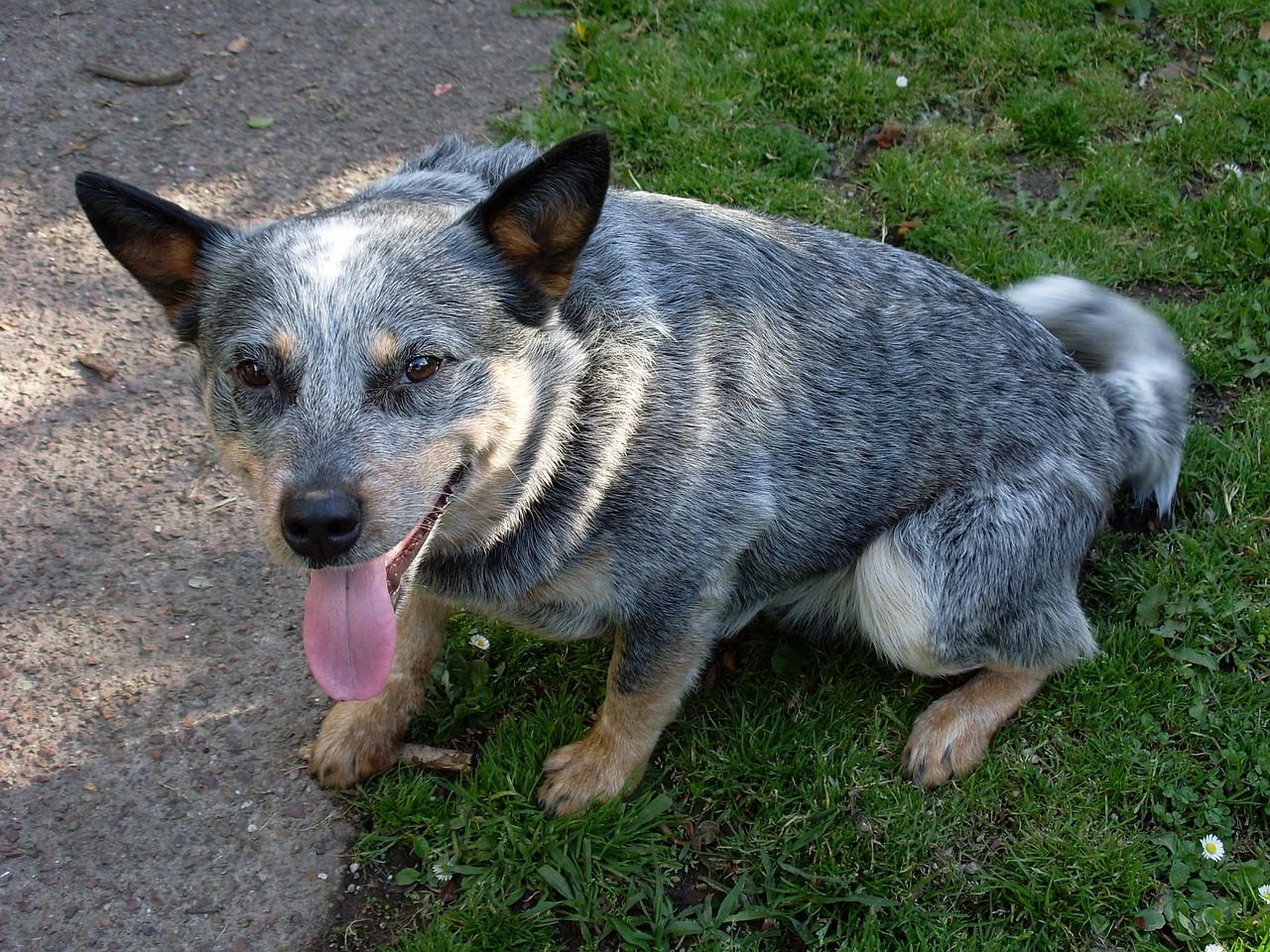Saint Bernards are a breed of dogs that capture the hearts of many with their massive size, gentle nature, and iconic presence. Originating from the Swiss Alps, these majestic canines have a rich history and a range of endearing qualities. In this article, we will explore “All About Saint Bernard”, from their origins and physical characteristics to their temperament and roles in society. So, let’s embark on a journey into the world of these magnificent, gentle giants.
All About Saint Bernard
Despite its size, known for being loving, gentle, and tolerant, St. Bernard is suitable for families with well-behaved children. Also, they want to make training more accessible and happier.
St. Bernard’s food needs are lower than those of other similar breeds because he is more proud and needs less exercise.
Breed Characteristics
Weight Range:
- Male: 120-200 lbs.
- Female: 120-200 lbs.
Height at Withers:
- Male: 27 inches
- Female: 25 inches
Other Body Features
- Eyes: Droopy eyes
- Ears: Floppy ears (naturally)
- Exercise Requirements: <20 minutes/day
- Energy Levels: Laidback
- Longevity Ranges: 8-10 yrs.
- The tendency to Drool: High
- Tendency to Snore: Moderate
- The tendency to Bark: Low
- The tendency to Dig: Low
- Social/Attention Needs: High
Bred For: Draft, search, rescue
- Coat Characteristics
- The Coat Length: Medium
- Coat type: Double coat, flat
- Coat Colours: Red and white, brindle and white
- Overall Grooming Needs: Moderate
Club Recognitions
- AKC Classifications: Working
- UKC Classifications: Guardian Dog
- Prevalence: Common
St. Bernard’s are huge, powerful and muscular dogs. These dogs can be tall or short. Some dogs have black masks on their eyes. The ears are high on the head and floppy. The eyes are black and a little playful. The forehead is much wrinkled.
Because dogs are so numerous, they take longer to mature than many other breeds. These dogs usually do not reach their full size until they are 2 or 3 years old.
History
St. Bernard is a powerful, gigantic dog with a deep sense of story. Though it is traditionally believed to have originated in the 11th century in the Swiss Alps with the monastery hospice, the first admirable dog test in this monastery, or elsewhere, took place perhaps 600 years later.
Experts believe that this was the first monastery for the use of saints as watchdogs. However, much later, his life-saving abilities became apparent. Over the next three centuries, the saints were credited with saving more than 2,000 human lives.
Today’s St. Bernard is known for its historical achievements and its love and devotion to its human companions, especially children. Two popular children’s films in the 1990s, Beethoven and Beethoven 2, tell the story of a beloved St. Bernard’s adventures with his suburban American family.
Personality
St. Bernard’s are loving, comfortable dogs. Their genuine friendship is likely to decrease the initial fear of a stranger approaching such a large dog. However, St. Bernard’s are equally quick to protect family members who they consider endangered.
Since they are very friendly, gentle, and tolerant, the saints are perfect for families with well-behaved children. They are known for their great understanding and patience. These dogs want to be happy, which can make training more straightforward than other breeds.
Care and Considerations
Due to their large size, Saint Bernards require proper care and attention to ensure their well-being. Regular exercise is essential to maintain their physical and mental health, but it should be moderated to avoid overexertion, particularly during hot weather. Grooming is also necessary to keep their coat healthy and free from mats, requiring regular brushing and occasional bathing.
Owners should be aware of potential health issues commonly associated with the breed, such as hip and elbow dysplasia, heart conditions, and certain eye disorders. Regular veterinary check-ups, a nutritious diet, and a suitable exercise regimen are vital for the overall health and longevity of Saint Bernards.
Living With
St. Bernard is a social creature. Nothing makes her happier than participating in family activities. Conversely, this dog may be depressed if he or she feels deprived of any entertainment. Because adult saints are so large, training is essential. On this occasion, the breed is considered an obstacle. However, once a saint understands what is expected of him, his good-natured desire will usually remove any stubbornness.
Adult St. Bernard sheds twice a year in spring and autumn. Brushing frequently will help minimize such shedding.
Although a dog needs to eat a lot to maintain a healthy weight, don’t let them overheat. Excessive weight can put pressure on joints and cause discomfort in the dog’s hips or elbows.
Roles in Society
Beyond their historical role as search and rescue dogs, Saint Bernards have found their place in various roles within society. They are often seen as therapy dogs, providing comfort and support in hospitals, nursing homes, and rehabilitation centers. Their calm and gentle demeanor make them ideal for providing emotional support to those in need.
Additionally, Saint Bernards have made their mark in the world of showmanship and competition. Their impressive appearance and regal presence make them popular contenders in conformation shows and other dog sports. Their loyalty, trainability, and desire to please their owners make them eager participants in various activities such as obedience trials and tracking.
Conclusion: All About Saint Bernard
In conclusion, Saint Bernards are awe-inspiring creatures that embody strength, gentleness, and loyalty. With their rich history, imposing size, and friendly temperament, they have rightfully earned a special place in the hearts of dog lovers worldwide. Whether as rescue dogs, therapy companions, or beloved family pets, Saint Bernards continue to make a positive impact on society. If you’re considering adding one of these majestic, gentle giants to your family, be prepared for a lifetime of love, companionship, and admiration for these incredible canines.
Tell us in the comments, how you like our article “All About Saint Bernard”
For similar posts like this, click here.
For the source file, click here.





One thought on “All About Saint Bernard: Majestic, Gentle Giants of the Canine World”